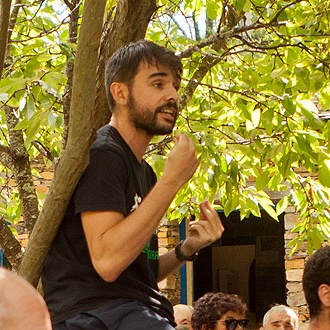The Segregation of the Nouveau Riche: A Metropolitan Issue — The Case of A Coruña
Published in Urban Change in the Iberian Peninsula: A 2000-2030 perspective, 2024
Abstract
Urban studies concerning inequality propose that analyses focused solely on the socially disadvantaged sectors are insufficient to fully illustrate the phenomenon. More than a decade after the outbreak of the real estate, financial, and social crisis of 2008, segregation research points toward a structural character of the phenomenon, thereby surpassing the perspectives that have confined it to the impacts of the crisis on the most vulnerable groups. A new urban culture based on socioeconomic differentiation and the separation of lifestyles has emerged, where consumption and leisure activities are assuming an increasingly important role. Simultaneously, hypermobility, emphasis on connectivity and technology, as well as new family models, have reconfigured the role of housing as a classic object of segregation. In this context, this chapter examines the evolution of urban segregation in the metropolitan region of A Coruña during the period 2001–2021, through the study of distribution patterns among the socially and economically privileged classes. To achieve this, a longitudinal multivariable analysis is conducted using census data and the Household Income Distribution Atlas, disaggregated by census tracts. This Galician metropolitan area has stood out in Spain over recent years due to its significant capacity to attract human and economic capital, particularly revolving around multinational companies in the textile sector and petroleum refining. The empirical work yields a territorial interpretation of the so-called “INDITEX Effect” in the study area, where forms of urban segregation are emerging beyond the municipal scope of A Coruña.
